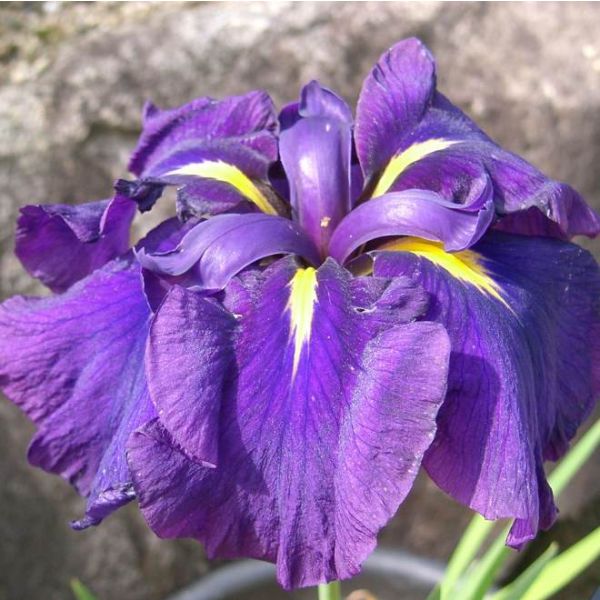Iris Ensata Seeds (Japanese Iris Seeds)
Iris Ensata Seeds (Japanese Iris Seeds)
The huge flat flowers of this beautiful Iris are among the biggest of all.

Delivery
All orders shipped with UPS Express.
Always free shipping for orders over US $250.
All orders are shipped with a UPS tracking number.
Returns
Items returned within 14 days of their original shipment date in same as new condition will be eligible for a full refund or store credit.
Refunds will be charged back to the original form of payment used for purchase.
Customer is responsible for shipping charges when making returns and shipping/handling fees of original purchase is non-refundable.
All sale items are final purchases.
Help
Give us a shout if you have any other questions and/or concerns.
Email: contact@domain.com
Phone: +1 (23) 456 789
Availability: In stock
SKU
Iris Ensata
Iris ensata, commonly named Japanese Iris, is a perennial growing to 2 feet to 4 feet tall. It is native to Japan, northern China to eastern Russia. Iris ensata grows in marshes, ditches, and other wet places, even in shallow water.
The flowers are consisting of 3 sepals and 3 petals. The species has reddish-purple flowers; flowering in June and July. The huge flat flowers of this beautiful Iris are among the biggest of all. The falls flap open 6 to 8 inches wide, floating like opaque clouds atop the slender, green stems. The flowers are hermaphrodite, they have both male and female organs. The plant is self-fertile.
Iris ensata develops narrow, sword-shaped leaves rising 3 to 4 feet tall or more. The plant spreads by means of its modified stems, rhizomes, which are located below the soil surface.
Hardiness zones 5-9, (-26øC/-15øF, -5øC/25øF) in Winter. The plant prefers light sandy and medium loamy soils. The plant prefers slightly acid soil and well-drained soil. It requires moist or wet soil. Plants are then best kept in drier conditions over Winter. It cannot grow in the shade.
| Common name | Japanese Iris |
|---|---|
| Species | Iris ensata |
| Germination | First, you can scarify the seeds to try to speed up germination. For faster germination, soak the seeds in slightly hot water for 24-48 hours, followed by 3 months cold stratification before sowing, 1/4 inch deep, in your soil. Keep damp soil, not soaking wet. Keep pot in warm situation 20øC/68øF. Germination usually takes several months. It can be more, depending on their degree of unbroken dormancy, don't give up. |
| Scarification / Stratification | Seed coats may be so hard that they are impermeable to water. They need to be scratched or broken using a knife or sandpaper, in order to germinate. Chip the seeds with a sharp knife or make a few swipes with a sharp edged file or use sandpaper to allow moisture being more readily absorbed. |
| Price View | Price Range |

